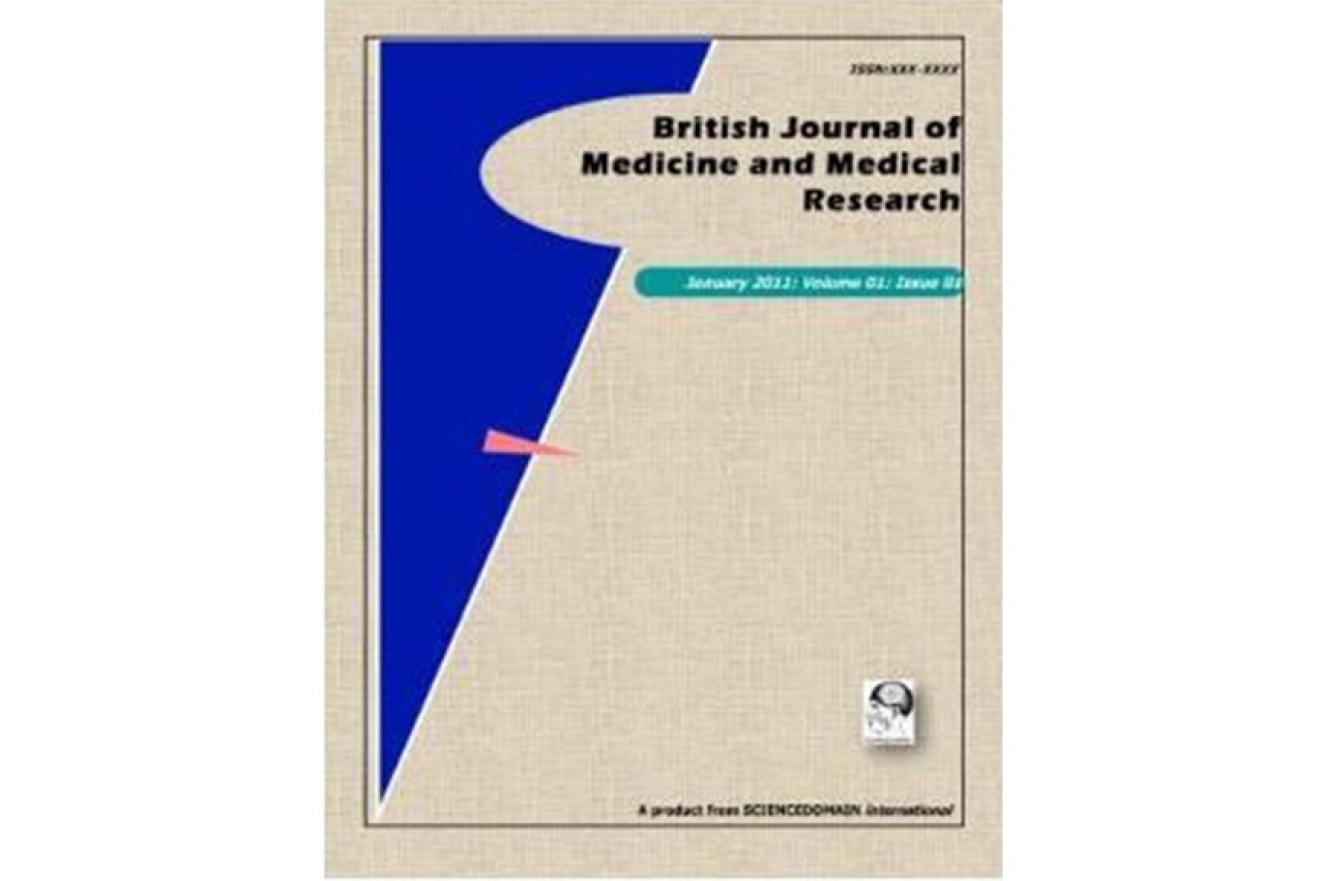Comparison between Ferrous Ascorbate and Colloidal Iron in the Treatment of Iron Deficiency Anemia in Children from Kolkata, India

Abstract
Aim: To compare the efficacy and safety of ferrous ascorbate and colloidal iron in children with iron deficiency anemia.
Study Design: An open, randomized, comparative, parallel-group study
Place and Duration of Study: Department of Pediatric Medicine of ‘Nilratan Sircar Medical College and Hospital’, Kolkata, India, between January 2009 and February 2010.
Methodology: Children between the age group of 6 months to 12 years were included if they had anemia defined as hemoglobin <10 gm%. Children received treatment with either ferrous ascorbate or colloidal iron for 12 weeks. Each child received elemental iron 3 mg/kg body weight/day. Follow-up assessments were performed at the end of week 4, week 8 and week 12.
Results: Out of the 137 children screened, 80 were included in the analysis. The mean rise in hemoglobin at the end of the 12 weeks was significantly higher in ferrous ascorbate group than colloidal iron group [3.24 ± 1.66 gm% vs. 1.42 ± 2.04 gm%; p <0.01]. Responder rate (hemoglobin ≥11.5 gm%) after 12 weeks of therapy was 53.57% in ferrous ascorbate group versus 10.34% in colloidal iron group; p<0.01.
Conclusion: The study provides evidence for the role of ferrous ascorbate as an efficient oral iron supplement in the treatment of iron deficiency anemia in children.
Ganguly S, Dewan B, Philipose N, Samanta T, Paul DK, Purkait R. Comparison between Ferrous Ascorbate and Colloidal Iron in the Treatment of Iron Deficiency Anemia in Children from Kolkata, India. British Journal of Medicine and Medical Research. 2012 Apr 1;2(2):195.
